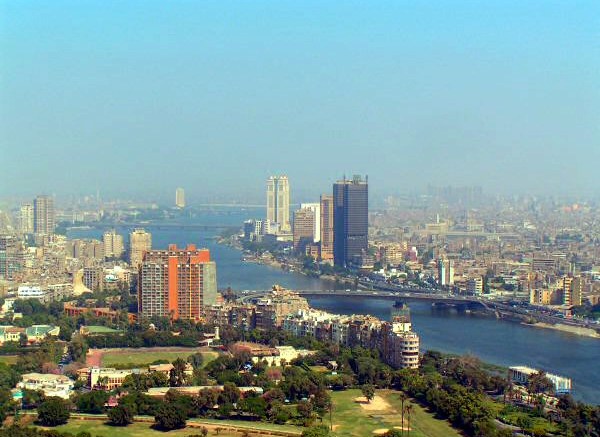Egypt: Economic Developments 2015
Newspaper Title: http://www.afribiz.info/
Newspaper Number:
Sunday - 8 November 2015

Egypt has emerged from the uncertainty of the past four years with the arrival of the new, democratically elected government of President Abdel Fattah El-Sisi. Improved business confidence has led to increased aid and investment inflows. According to the Central Bank of Egypt (CBE), net FDI rose by 9.8% reaching USD 4.12 billion in 2013/14, while investment and remittances were worth USD 18.52 billion over the same period. Official transfers increased by 57.6% in the last financial year, compared to 2012/13. The previous technocratic government can also take some credit for this improvement.
GDP growth was 3.7% in the fourth quarter of the FY 2013/14, up from 1.5% for the same quarter the previous year. Growth has been mainly driven by a recovery in manufacturing (16% of GDP in FY 2013/14) that contributed 1.32%. Other growing industries are telecommunications, logistics, retail and construction. This would be expected as a reaction to political and economic instability, when most investment tends to go towards basic and defensive industries and necessities. Meanwhile, the foreign exchange shortages and political unrest have adversely affected the tourism and oil and gas sectors.
This growth can also be attributed to changes in the business outlook and government reforms. The main income growth drivers have been investment, encouraged by a stimulus package, and public consumption. The second stimulus package, worth EGP 33.9 billion (USD 4.87 billion), predominantly came from aid pledged by the United Arab Emirates. This package was centered on quick wins and financing social programs.
In the last two quarters of the last FY the economy experienced a turnaround in investment, as support from the Gulf Co-operation Council (GCC) countries and domestic investors produced a boom. Growth was also supported by the resilience in public and private consumption, fueled mainly by remittances. Private consumption grew by almost 7% while public consumption grew by 5.1%, compared to the same period last year. A positive indicator was the change in Egypt’s credit rating by Moody’s international rating agency from “negative” to “stable”, as a result of the stabilized political and security situation. External financial support, predominantly from GCC member states, continues to bolster external liquidity, supporting the budget and lowering the government’s financing costs.
The government is trying to widen the tax base, to make the tax structure more progressive to help the poor and to reduce the fiscal deficit. This led a series of measures including the enactment of a long-awaited property-tax scheme that drew mixed reviews and some resistance. Part of the measure’s unpopularity was due to the limited public information available during the bill’s design, which alienated some of the stakeholders, and the unique structure of home ownership in Egypt where there is a tendency for multiple homes per family and real estate is used as an investment vehicle.
Another measure was the introduction of a 10% capital-gains and dividends tax alongside a temporary additional 5% income tax for a 3-year period on firms and individuals with annual incomes above EGP 1 million. Finally, the government raised the sales tax on tobacco, cigarettes and alcoholic beverages to 50% on cigarettes, 150% on wine and 200% on beer.
Reforming fuel subsidies was one of the least popular and hence, boldest reforms undertaken by the current administration. Other reforms were aimed at providing incentives to firms to invest in energy-efficient technologies; reducing privileges granted to capital-intensive industries; rationalizing inequality in distribution and importation of petroleum products; and improving the operational and cash balances of the Egyptian General Petroleum Corporation. Sizeable increases in prices of almost all fuel products were designed to underpin these objectives. Finally, the government extended the natural gas grid to lagging regions, as part of a move towards better spatial inclusion.
Reforms to the bread and rationing system were also introduced, including changing the subsidy from flour to the finished product in an effort to counter corruption and inefficiencies in the subsidized flour market. Simultaneously, the government sought to encourage households to reduce wasteful consumption by using a smart-card reward system that allows savings to be used to purchase other subsidized items, while introducing greater efficiency into the network of 650 wholesalers and 210 retailer outlets controlled by the state-owned Egyptian Food Industries Holding Company.